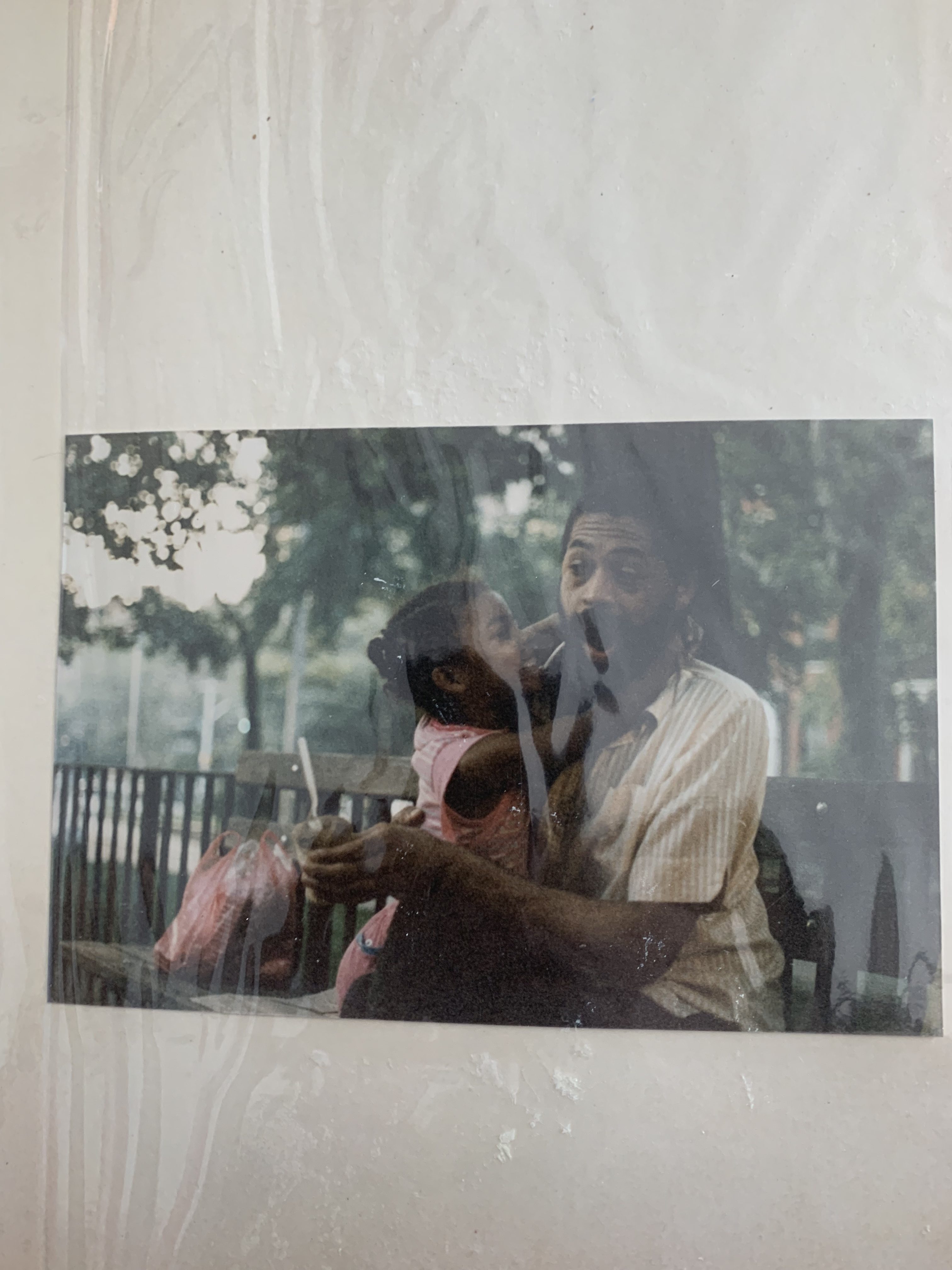In If I can cook / you know God can, Ntozake Shange artfully toys with the boundaries of human sensation. Shange’s language forces the reader to experience instead of simply read, reworking thresholds of sight and taste in a conversation of identity. Like other works of Shange’s, If I can cook / you know God can reads as a radical travelogue, tracing identity in diaspora. In her exploration of the role of food in the African-American experience, Shange writes on nations beyond the United States putting recipes in conversation with memory, history, and religion.
Chapter 8 connects history and religion engaging with African American slaves and Native Americans subject to the brutalization of colonialism. Shange writes, “we changed, made necessary readjustments to our gods and belief systems to accommodate the Christianity thrust upon us as our salvation.” Statements like these, reflecting a truth often neglected in history, challenges both me and Shange similarly. Throughout her works, Shange wrestles with reclaiming spirituality/religion from the colonizer and using it as a liberatory force. As indicated in the piece’s title, the Old Testament holds the notion that humans were created in God’s image.
Abraham and Sarah are viewed as the patriarch and matriarch for all Abrahamic religions, including Christianity. Like Ntozake Shange, though, their names were not Abraham and Sarah at the start of their story. While Shakespeare may tell us that “a rose by any other name would smell as sweet,” matriarchs Shange and Sarah share a different narrative. Theirs is one in which being created in the image of God means an affirmation of identity constructed through the changing of one’s name — a liberatory tool we see today through name changes affirming gender identity, religious identity, and an act dignifying history of black identity. Sarah’s name is Sarai at the start of the bible (which translates to “my princess”). The grammatically possessive nature of Sarai, and how the change in her name represents an affirmation of identity. Here, being made in God’s image as suggested in Shange’s title of her book, but also her own title, refers to transitioning from Sarai to Sarah —from the possessed to the possessor, entering uncharted maternal waters.






